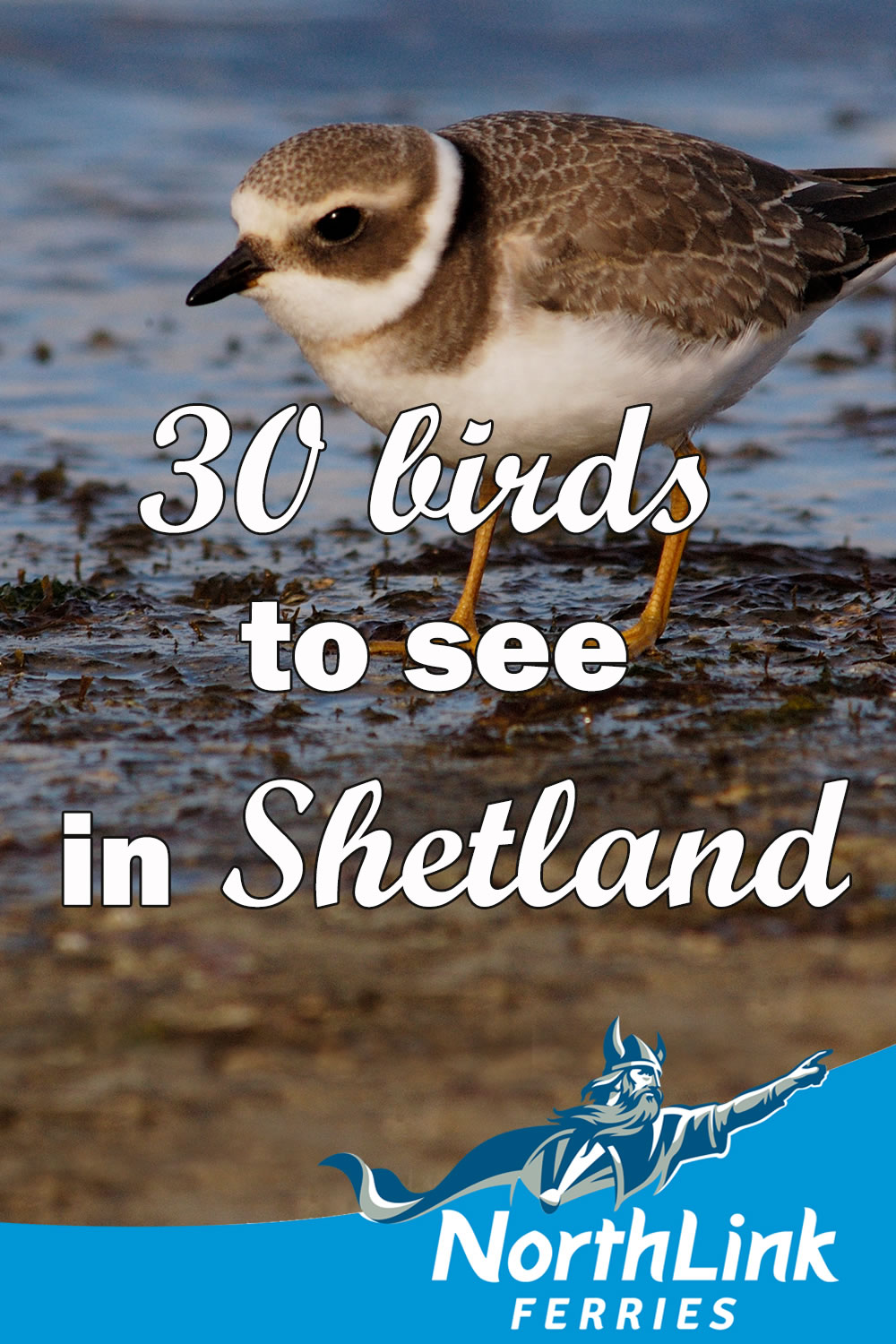30 birds to see in Shetland
Shetland is a fantastic place to spot birds. Over 1 million seabirds arrive and nest in vast seabird colonies on Shetland’s cliffs. The heather uplands, croft land, voes, lochs and sandy coastlines of Shetland are also attractive to a large variety of bird species. The islands are often the first landfall for migrating birds.
Puffins are comical and clumsy birds which live in grassy cliffside burrows and instantly recognisable with its colourful beak.
We’ve compiled this beginner’s guide to the birds of Shetland to list some of the most interesting birds to find and where to look. Can you find them all during your time in Shetland?
Make sure you also view our guide to 30 Birds to see in Orkney!
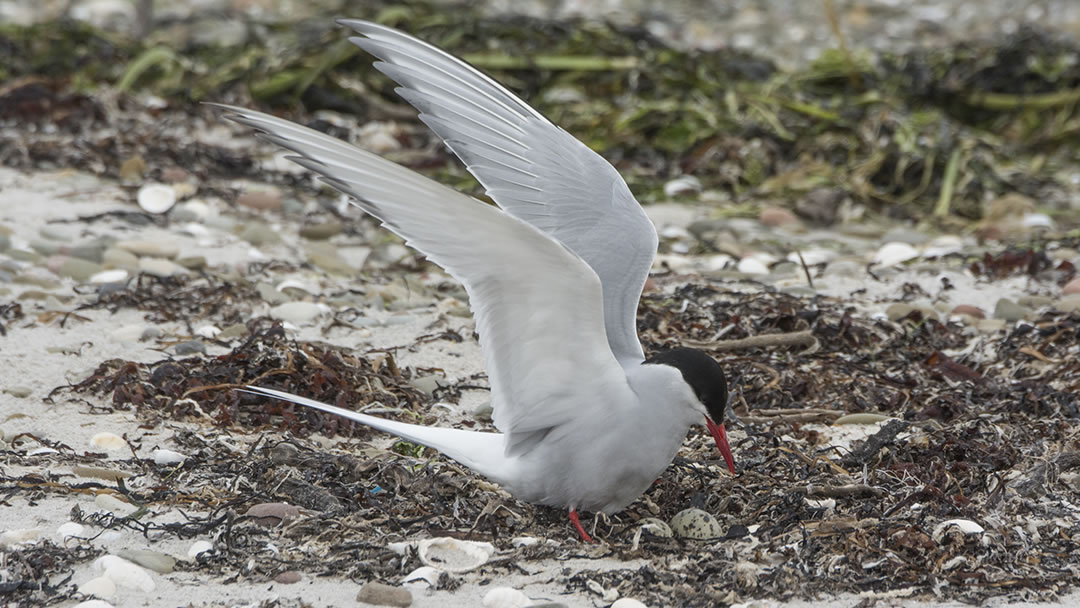
Arctic Tern (Tirrick)
With its shape and long tail streamers, elsewhere the black capped Arctic Tern is called a sea swallow. In Shetland and Orkney it’s named after its shrill, grating call, usually heard when it is defending its nest.
Where to find them: By the coast in May, June and August. Try Grutness and Scatness, Lerwick harbour, Spiggie, Tingwall, Fair Isle, Fetlar or Mousa.
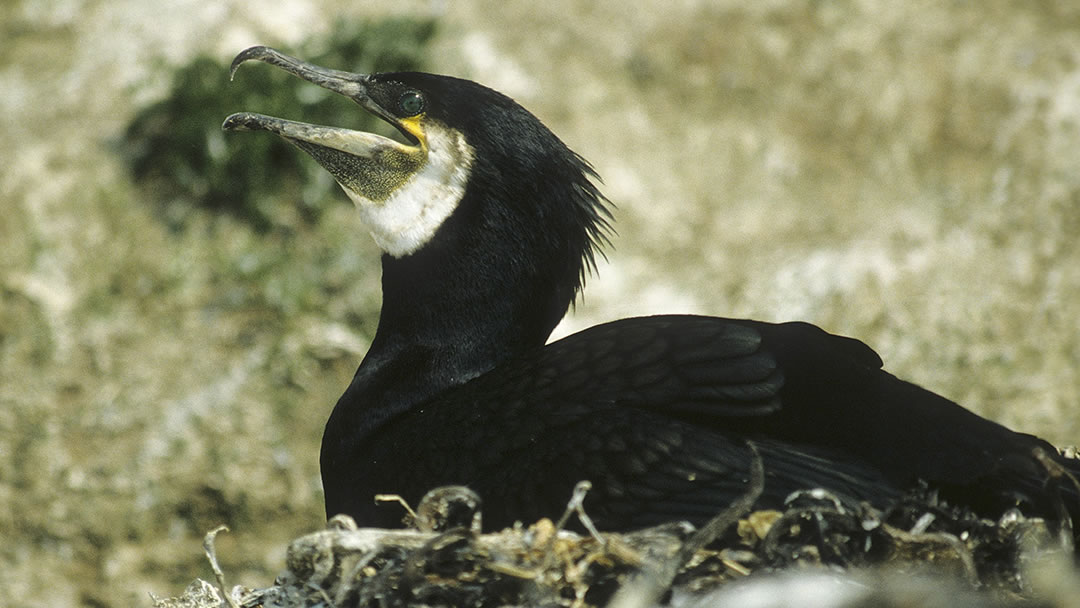
Cormorants (Muckle Scarf)
As the Shetland name suggests, Cormorants, with their long necks are similar to shags. They are about 10% bigger though, and they are blacker with a larger beak, white chin and white patch on their thighs. Cormorants also fly inland, unlike shags. They can be seen all year, and they are superb fishers.
Where to find them: Coasts and lochs around Shetland
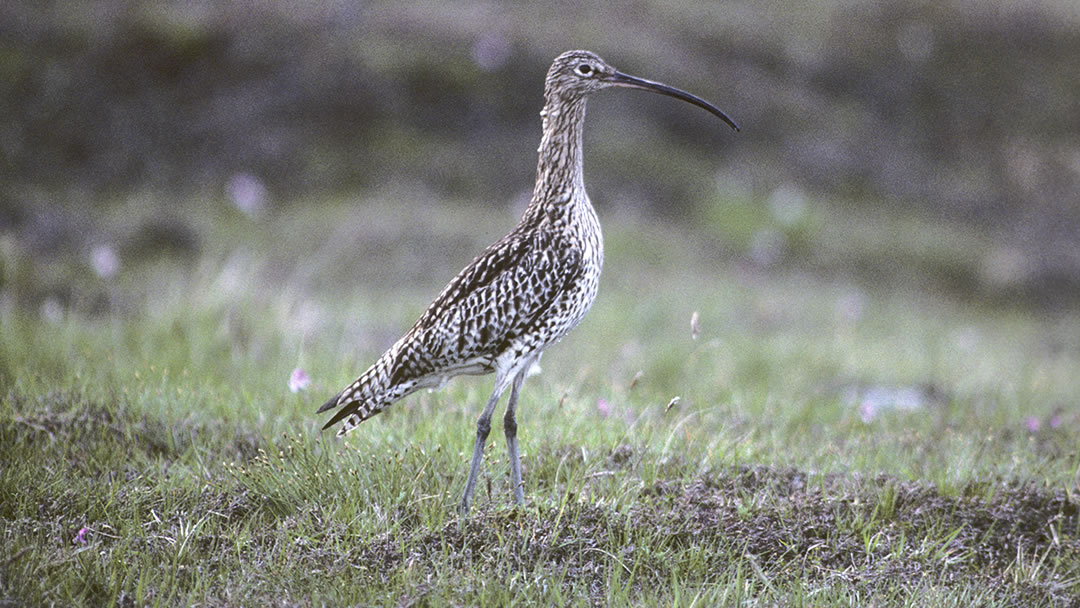
Curlew (Whaap)
One of the most common birds you may see around Shetland is the lovely Curlew, with its long curved beak, brown body and long legs. You’ll also hear its evocative call on the morning and evening air, which is a truly lovely sound. Female curlews tend to have a longer bill than males, so on hard winters, females are usually the first to leave the Northern Isles.
Where to find them: Throughout Shetland, all year. There are many Curlews to be found in Yell.
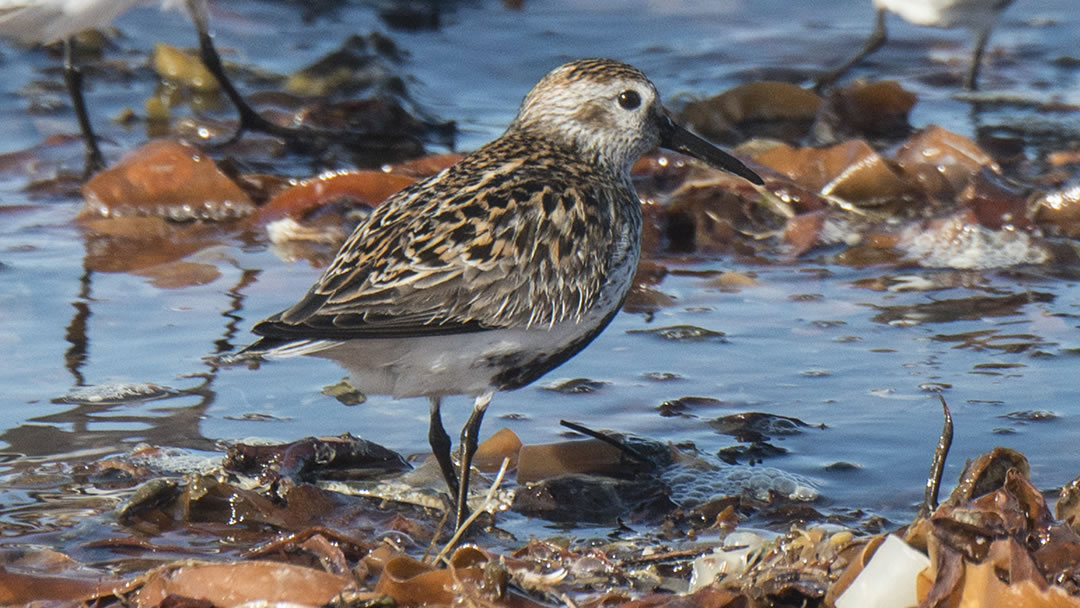
Dunlin (Plivver’s Page)
Dunlin can be easily found in autumn, winter and spring on Shetland’s coasts. However in the summer breeding season, when they take to the heather moorlands, they can be much harder to find! The plumage of a Dunlin changes so much during the year that early birdwatchers thought they were different birds! In summer they are brown with a black belly and at other times of the year their bellies are white and feathers are a pale brown.
Where to find them: Coasts in autumn, winter and spring. Moorland in summer; try Yell or the Pool of Virkie.
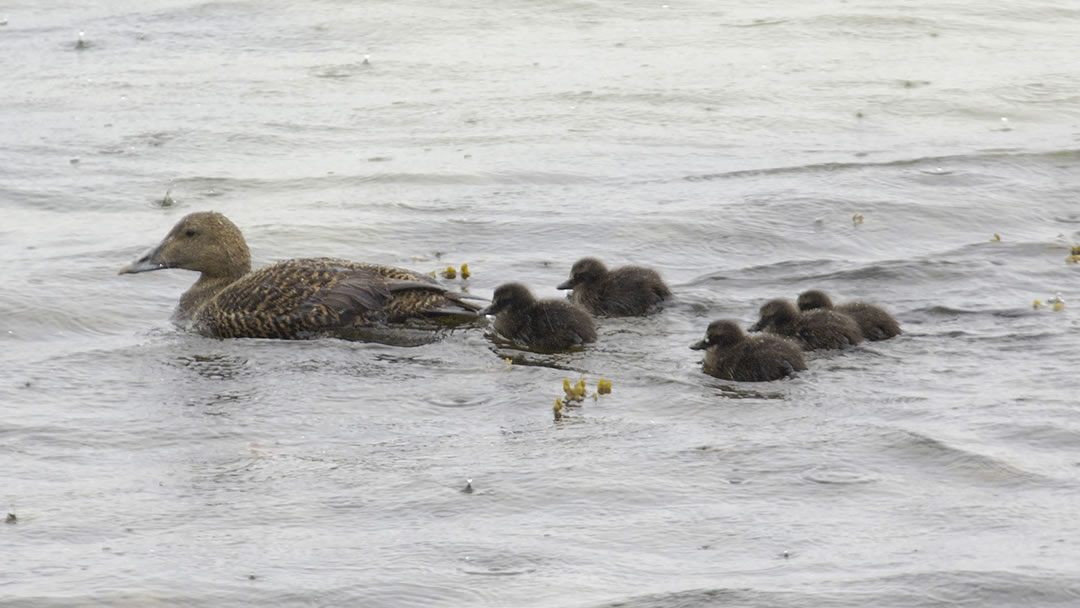
Eider (Dunter)
The Old Norse ‘Dunt’ meaning to bob up and down, gives the Eider it’s local name. This lovely big sea duck can be spotted all year around Shetland’s coasts and has a lovely coo-coo call. Males are black and white, whilst females are brown.
Where to find them: Eider’s can be found close to the shore and in sheltered voes. Try Tresta Voe and Reawick or Lerwick harbour.
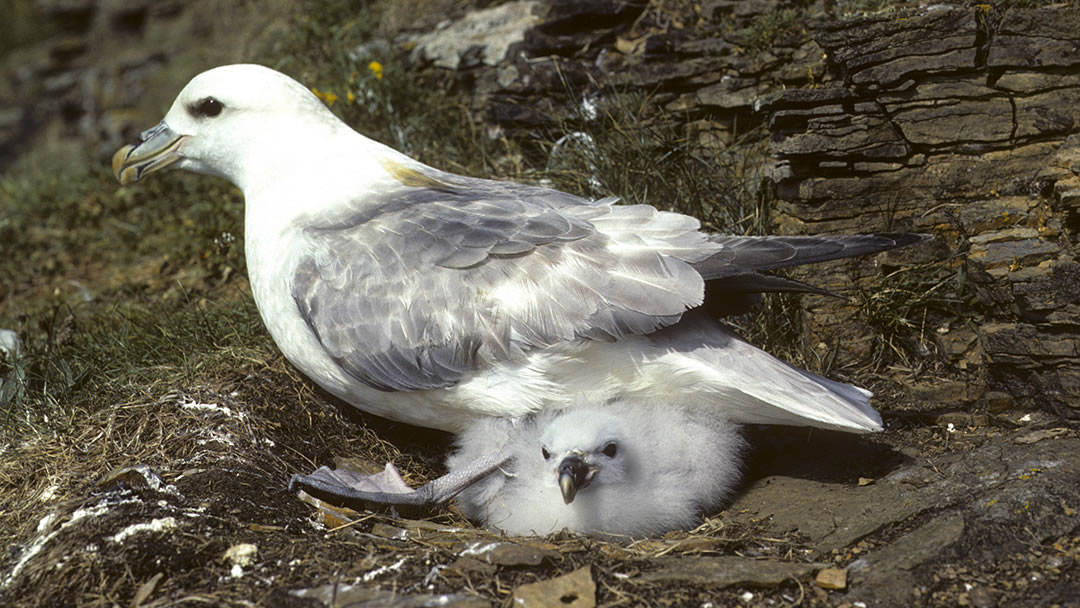
Fulmar (Maali)
Fulmars look very much like gulls, but these white and grey seabirds are actually related to albatrosses. They live on cliff faces, flying on the updrafts. They protect their nests by spitting out foul fishing paste. It is said that once clothes are stained with this the smell never comes out. Fulmars hatch one very large and fluffy chick in the summer.
Where to find them: Cliff faces and old buildings throughout Shetland. Try Sumburgh Head, Noss, Hermaness, Foula or Fair Isle.
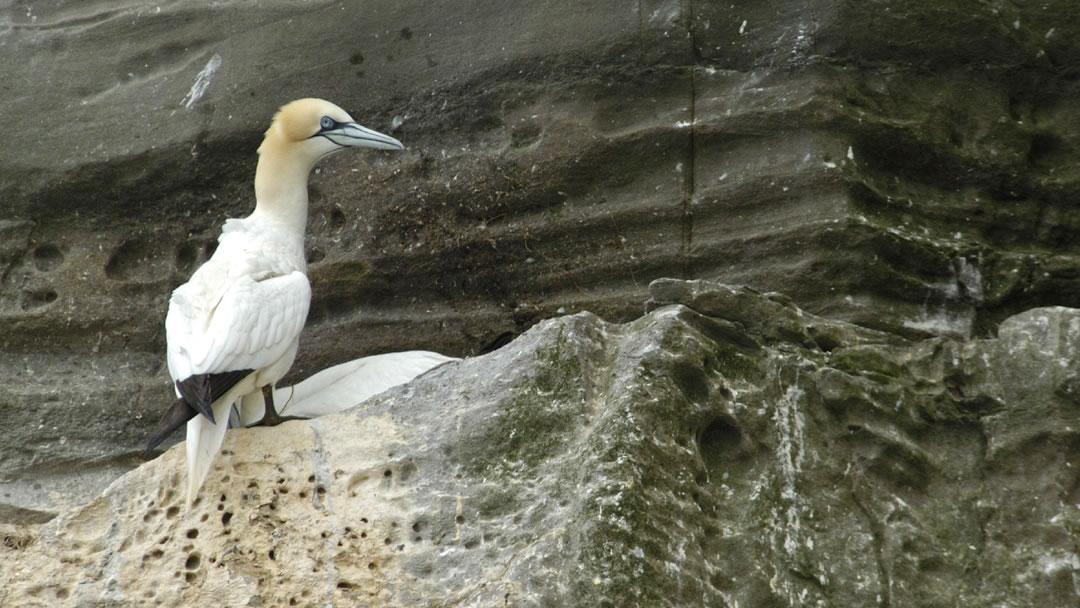
Gannet (Solan gös)
Gannets have amazing fishing techniques; they fold their wings and shoot into the water like a harpoon. They live on cliff edges in spring, summer and autumn, and have distinctive sharp beaks and bright blue eyes.
Where to find them: Try Fair Isle or Noss National Nature Reserve, where there is a colony of over 23,000 gannets.
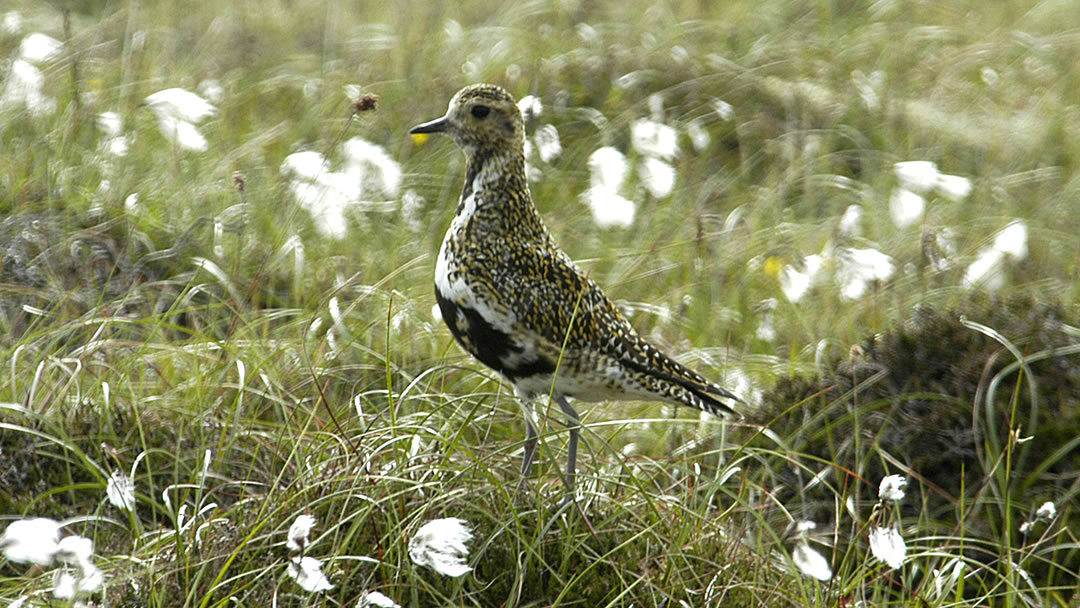
Golden Plover (Pliver)
Golden Plover is a very distinctive wader; with its black belly and face and golden brown back it looks almost like a bird wearing a cape! They can be found running in short bursts on sandy beaches and grasslands and are most easily spotted in winter.
Where to find them: Sandy beaches and grasslands; try the Loch of Spiggie or Yell.
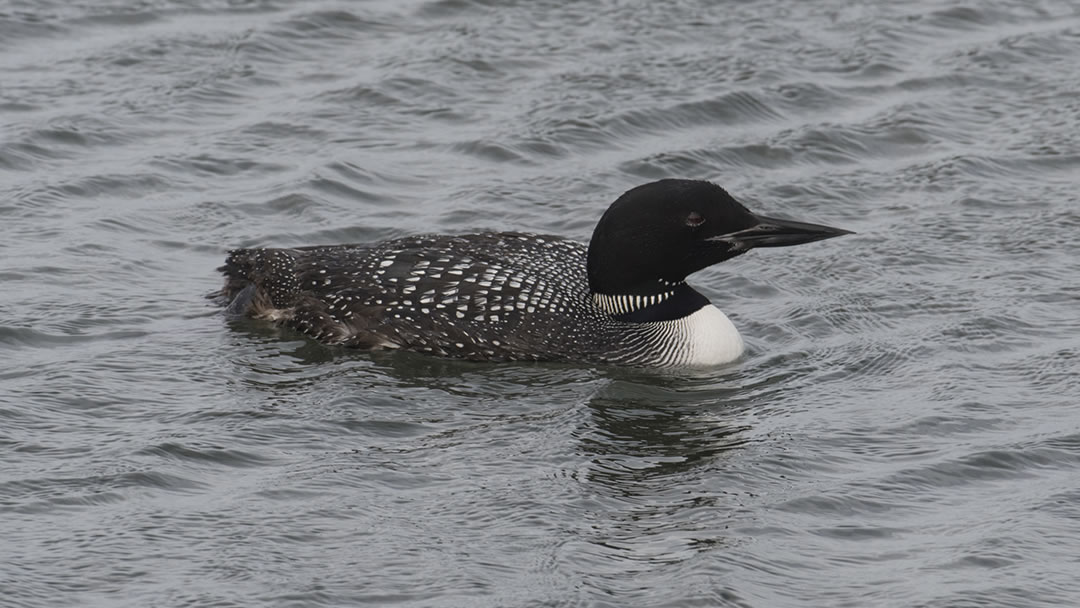
Great Northern Diver (Immer Gös)
The Great Northern Diver is a big bird and a loner. It has a uniquely shaped black head, amazing neck pattern and large bill. It spends summer in Iceland, Greenland and Canada and winter (September to June) in the Shetland and Orkney islands.
Where to find them: Close to the shore and in sheltered voes. Try Tresta Voe and Reawick or Lerwick harbour.
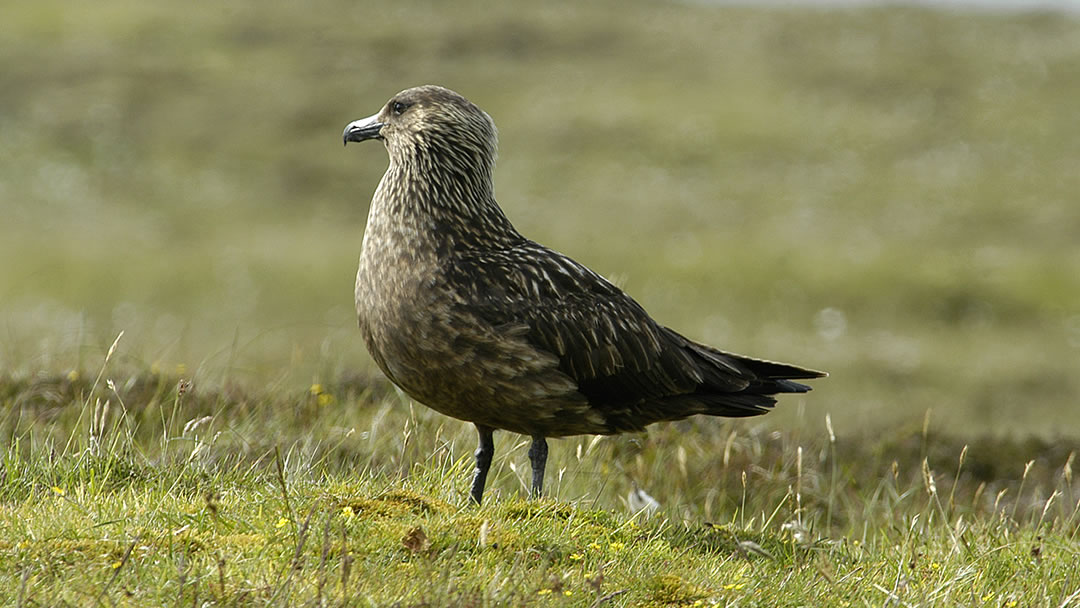
Great Skua (Bonxie)
This large brown bird is quite intimidating as it can dive-bomb anyone who approaches it’s nest. The Bonxie was once revered in Shetland and called the Herdsman as it kept White-Tailed Eagles away from lambing grounds. Great Skua’s are quite rare in worldwide terms but very easy to find in the remote areas of Shetland and Orkney. It has a distinctive tuk tuk tuk call to listen out for.
Where to find them: At sea, on cliffs and remote moorlands during spring, summer, and autumn. Try Lerwick harbour, the Loch of Spiggie, the North Mainland, Noss, Hermaness, Fetlar, Mousa, Yell, Foula, and Fair Isle.
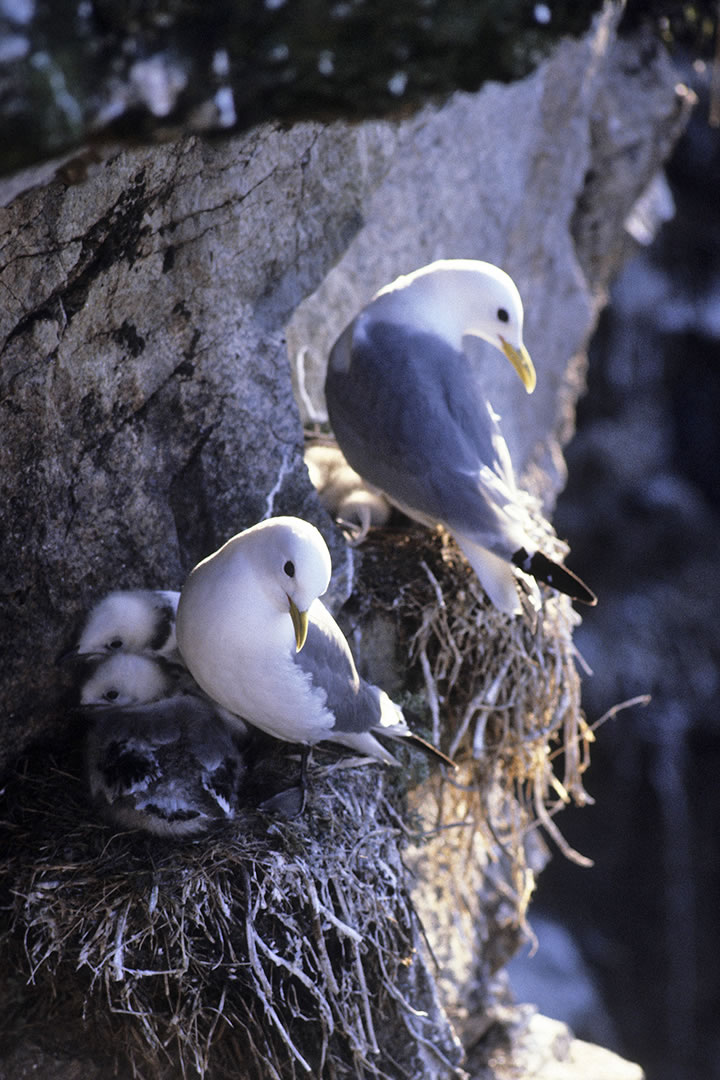
Kittiwake (Rippek Maa)
Kittiwakes are gentle looking gulls, and unlike other varieties of gulls they are seldom seen inland. They have black legs and black wing tips, and live on Shetland’s cliffs in spring, summer and autumn. Kittiwakes spend the winter on the Atlantic sea.
Where to find them: At sea and on cliffs around Shetland. Try Sumburgh Head, Noss, Hermaness, or Fair Isle.
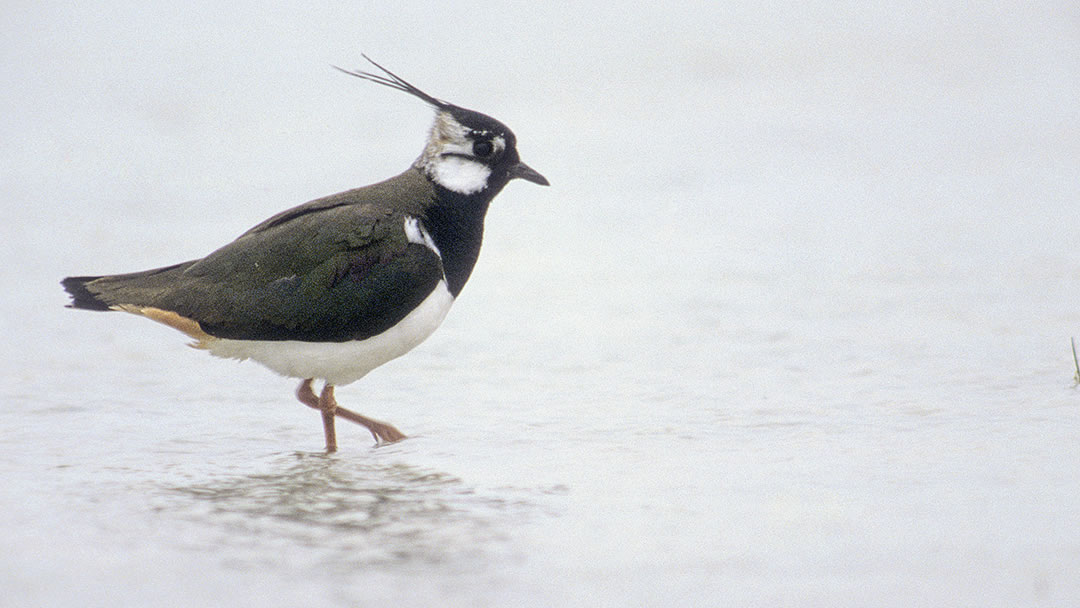
Lapwing (Tieve’s Nacket)
The lapwing is known as a farmland bird as it’ll most often be found in a field looking for grubs and insects. Lapwing can stay in Shetland all year and they can also be found on moorland and beaches. They are very distinctive birds with a white belly, green and black feathers, and a splendid crest!
Where to find them: Fields, moorlands and coasts; try the South Mainland and the Loch of Spiggie.
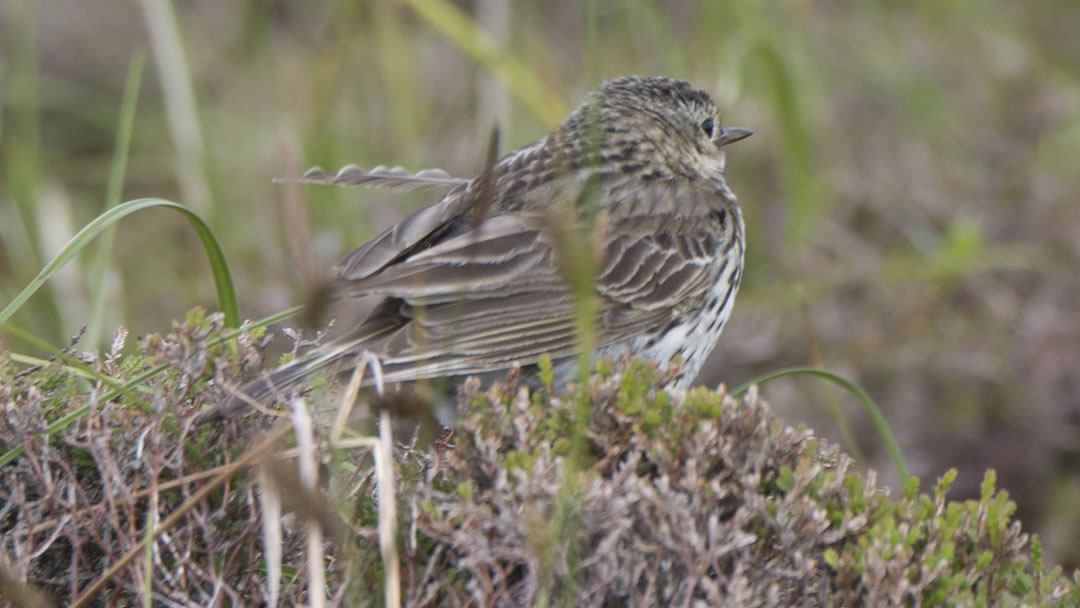
Meadow Pipit (Hill Sporrow)
This small, brown, streaky bird is very common in Shetland’s uplands and grasslands; it nests in heather and can often be spotted flying upwards in a jerky motion. It is often eaten by birds of prey. The main component of a Meadow Pipit’s diet is insects, so it leaves Shetland in September and spends the winter in Spain. It returns in February and March.
Where to find them: Throughout Shetland in heathery areas and grasslands.
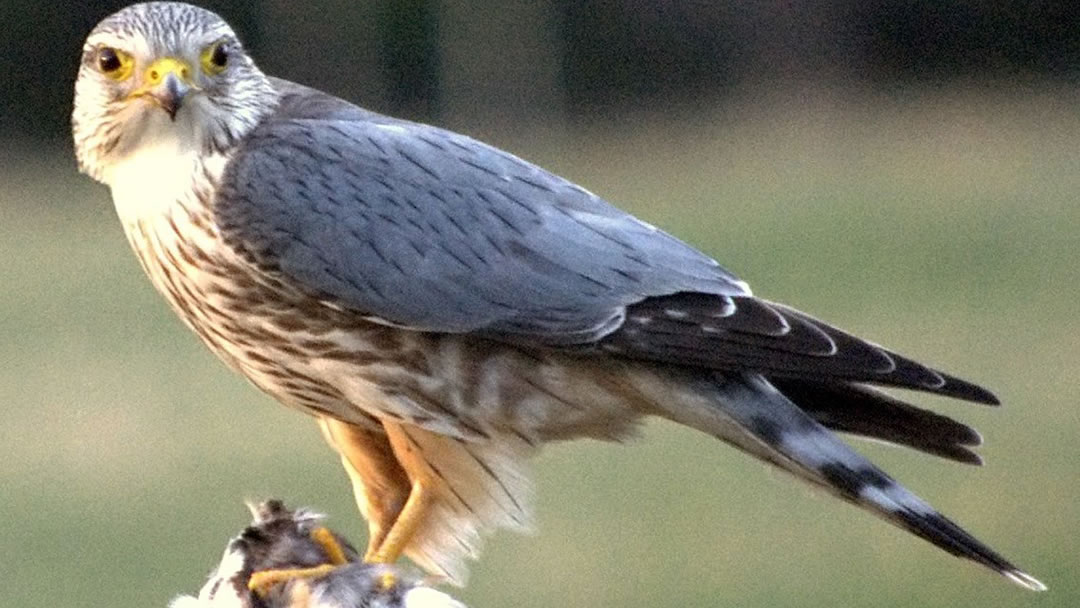
Merlin
Merlin are the UK’s smallest bird of prey and they spend the summer high in Shetland’s uplands and grasslands. As the weather deteriorates they head from the hillsides to coastal farmland. They mainly eat small birds and can often be spotted resting on fencepost. Male Merlin tend to be smaller and blue. Females are bigger and brown.
Where to find them: Moorlands, coasts, heather and rough grasslands all year. Try Yell.
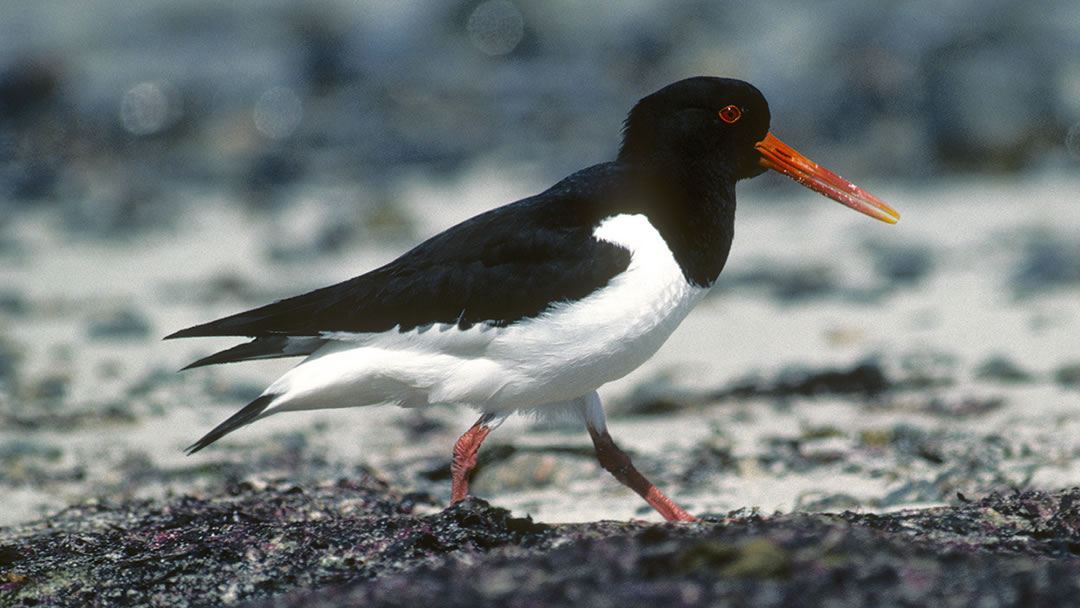
Oystercatcher (Shalder)
One of Orkney and Shetland’s most common birds, black and white oystercatchers, with their red legs and red eyes arrive on the island at the end of February, and their pipping call is very distinctive. They nest on beaches, loch shores and fields and they eat mussels and cockles on the coast, and worms inland.
Where to find them: On the shore and in fields throughout Shetland. Try the Loch of Tingwall.
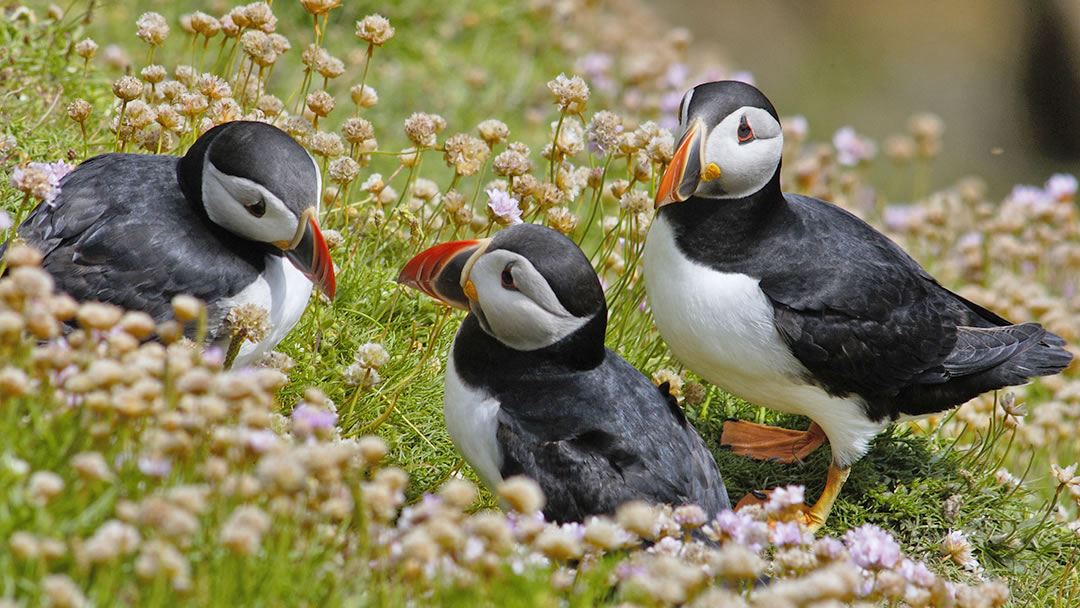
Puffin (Tammy Norrie)
This comical and clumsy bird lives in grassy cliffside burrows and instantly recognisable with its colourful beak. This is not always the case though; in winter the puffin plumage turns heavier and its bill loses its colour.
Where to find them: On the sea or nesting on cliffs in May, June and July. Try Sumburgh Head, Noss, Hermaness, Foula and Fair Isle.
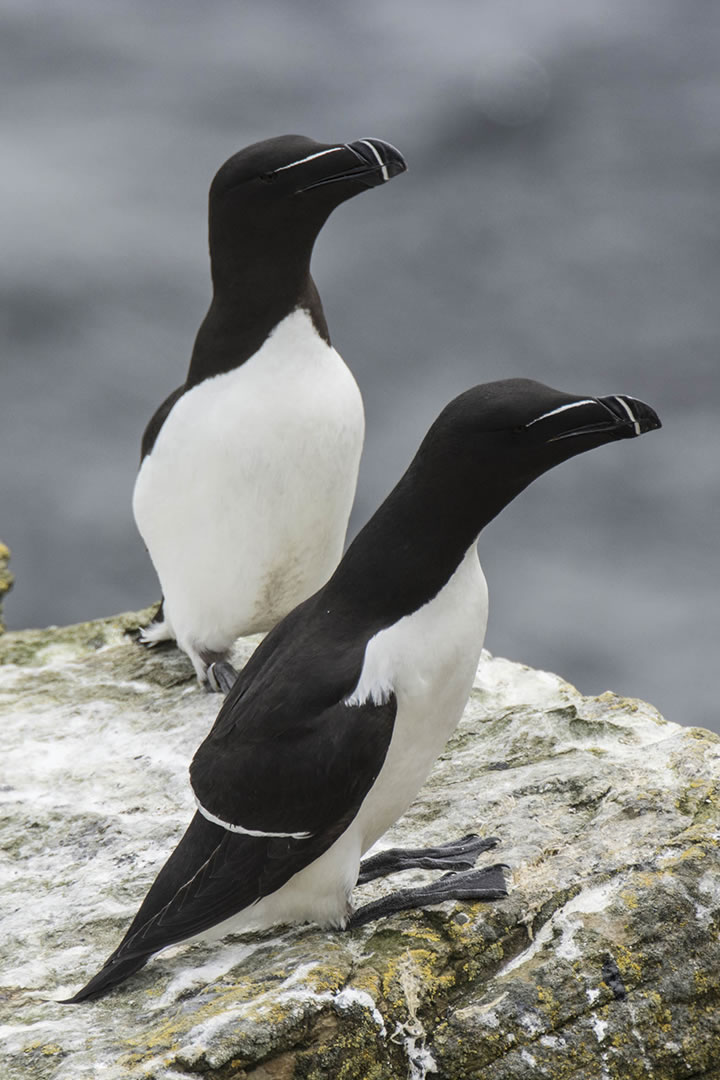
Razorbill (Sea Craa)
The cool black Razorbill has an instantly recognisable chiselled bill and it can be found on rocky cliffs. It’s a seabird that likes a bit of privacy; seeking cavities in the cliff face to nest in.
Where to find them: Cliffs in spring, summer and autumn. Try Sumburgh Head, Noss, Hermaness, Foula and Fair Isle.
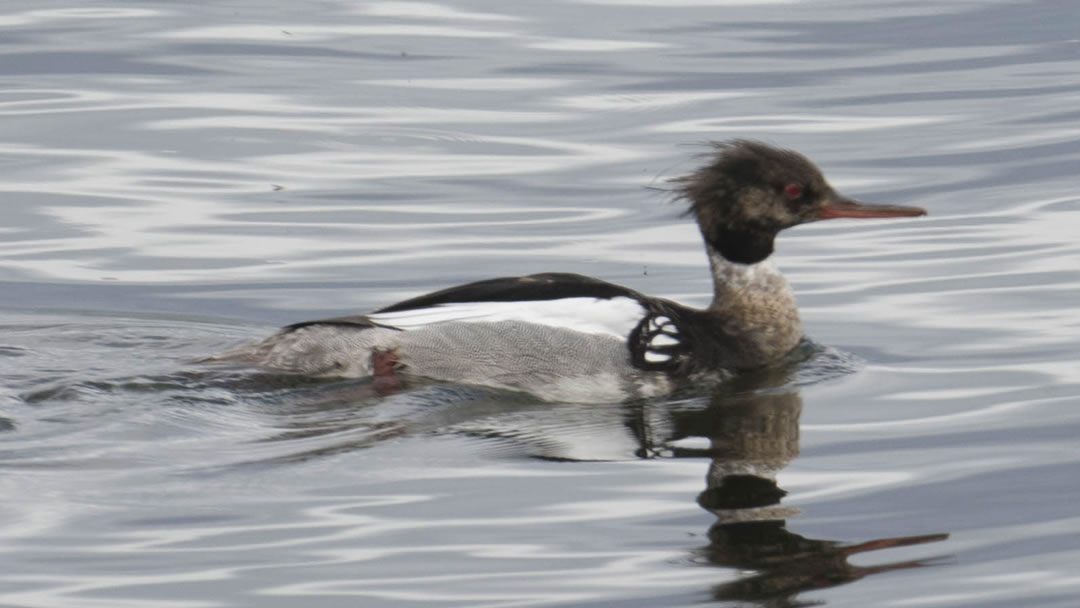
Red-breasted Merganser (Herald Deuk)
This duck is quite a sight to see with it’s spiky hairdo! The male has a bottle green head whilst the female is chestnut brown. It can be found on lochs and close to the shore all year, but they tend to nest on the ground in thick undergrowth.
Where to find them: Try the Pool of Virkie, Tresta Voe and Reawick. The Shetland population is joined in winter by Scandinavian and Icelandic birds.
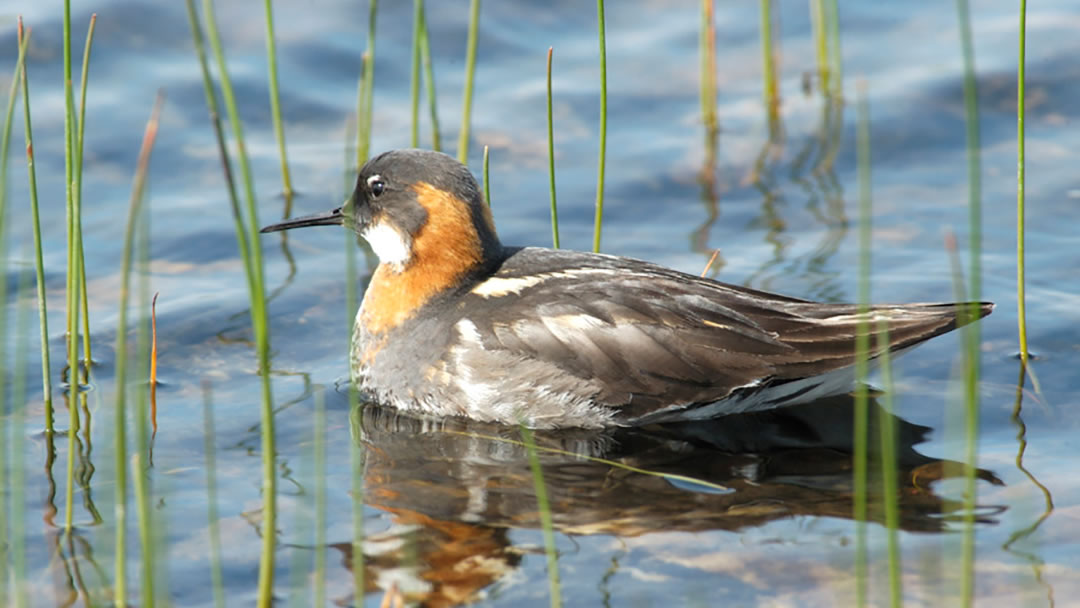
Red-necked Phalarope (Mires duke)
The Red-necked Phalarope is a very rare bird and the Shetland island of Fetlar is home to 90% of the UK’s breeding population. They like swimming in shallow open pools (their toes stir up sediment and food). The male takes the egg incubation duties and in the winter, they live in the sea off the southern tip of Arabia!
Where to find them: Try the Loch of Funzie in Fetlar during June and July
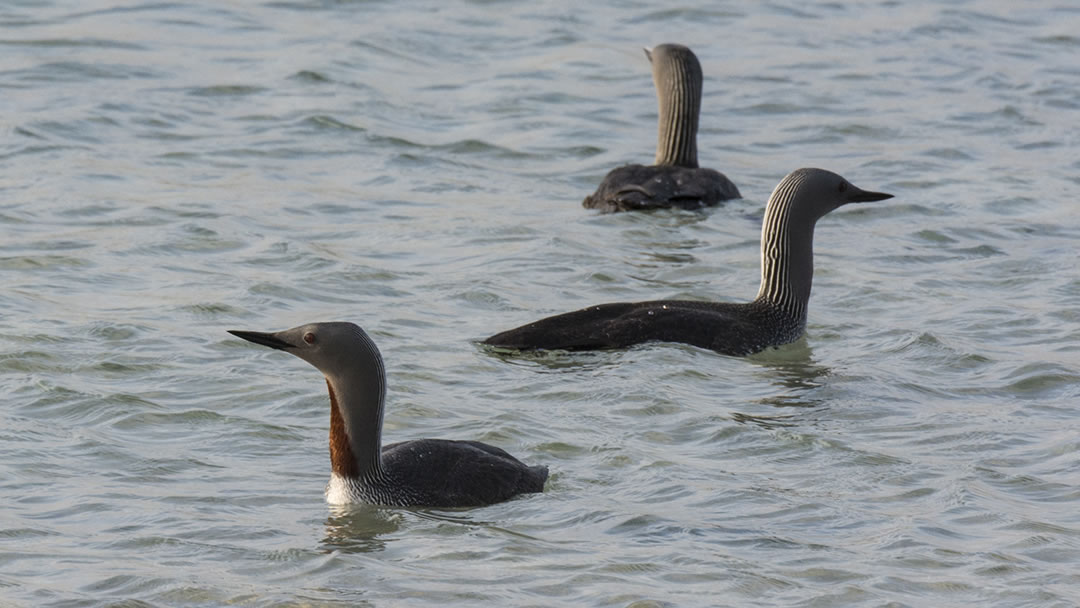
Red-throated Diver (Rain Gös)
Red-throated Divers can be spotted in Shetland in summer; favouring small upland lochs. They only tend to come on shore to breed. Red-throated Divers are very elegant, and these grey brown birds have a distinctive red neck. Red-throated Divers can stay underwater for a minute and a half!
Where to find them: Small hillside lochs; try Tresta Voe and Reawick, the North Mainland, Yell, or Hermaness National Nature Reserve.
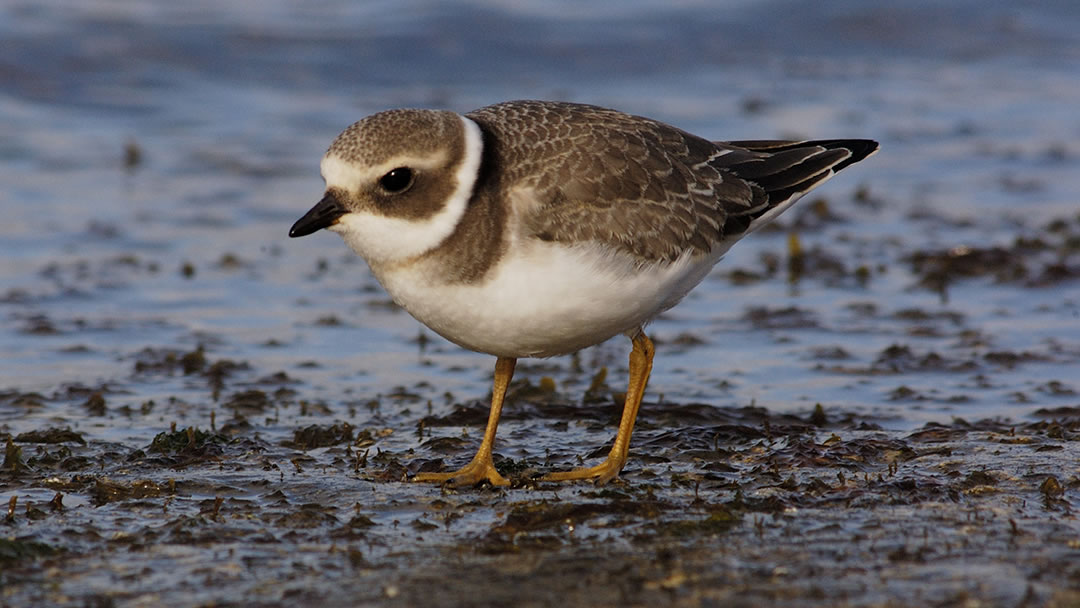
Ringed Plover (Sandiloo)
These dumpy birds can be found on the sandy parts of Shetland’s coast; they move with a stop-start dash and are brown and white with a black ring around their necks. They can be found all year round, and are joined in winter by birds from Europe and birds migrating from Greenland and Canada.
Where to find them: Beaches around Shetland. Try the Pool of Virkie or the Loch of Tingwall.
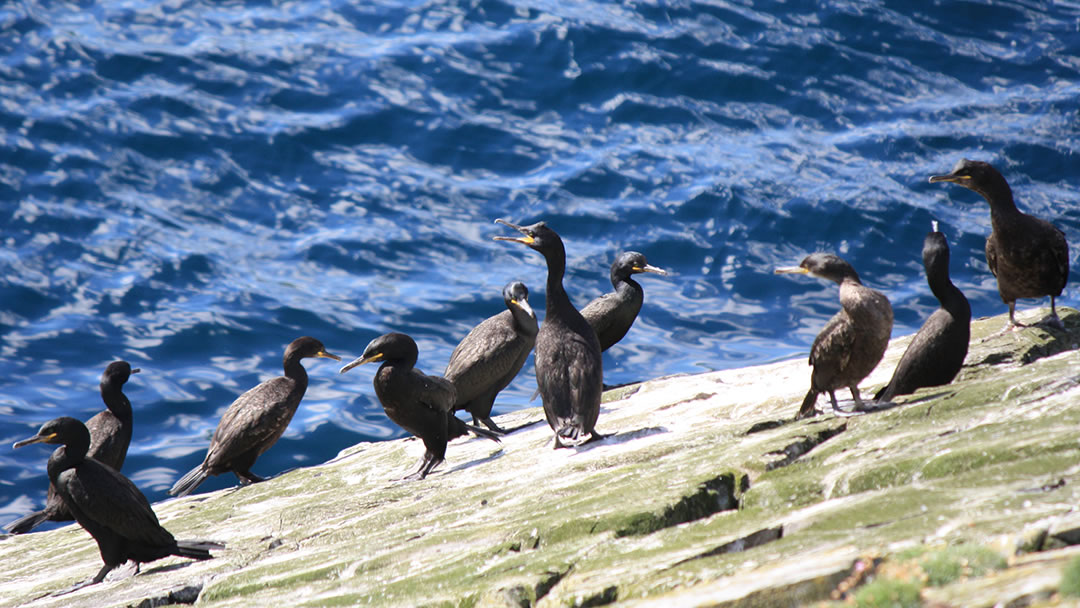
Shag (Scarf)
Shags are often seen on cliff edges and coastlines all year, stuck in one particular pose! They like to stretch out their wings and dry them in the sun! They are green and black with a yellow patch on their bills.
Where to find them: All year on the coast near deep water (they like to dive to catch sand eels). Try Sumburgh Head, Mousa, Foula and Fair Isle.
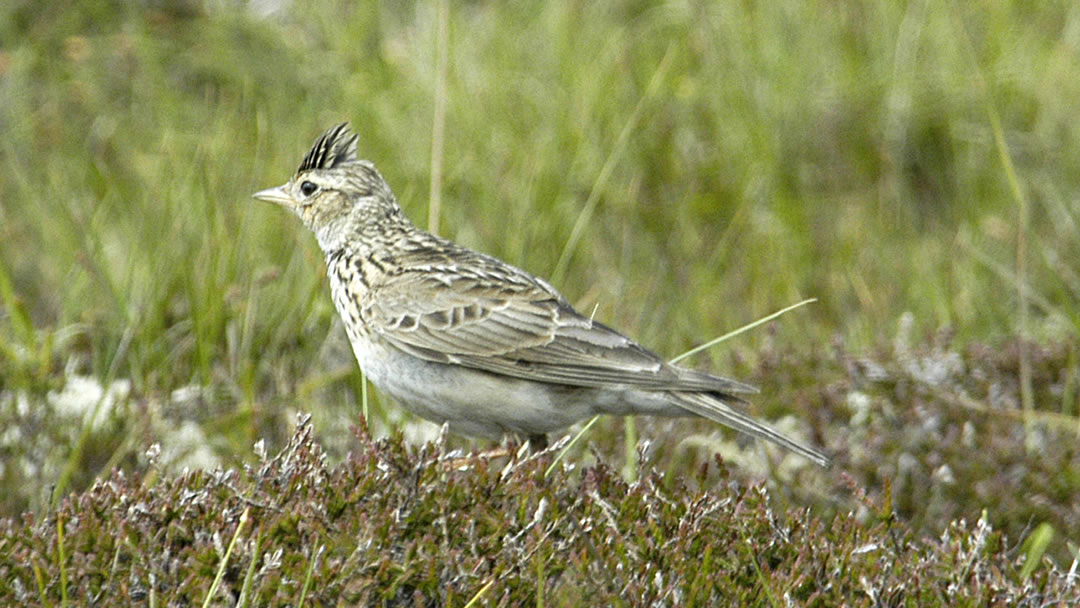
Skylark (Laverek)
Skylarks are usually heard before they are seen; they deliver their song whilst flying. Skylarks are streaky brown with a small crest and they nest amongst the heather, eating seeds and insects. They can also be spotted in Shetland’s farmland and grasslands all year round.
Where to find them: In heather uplands, grasslands and cereal stubble. Try the Loch of Tingwall.
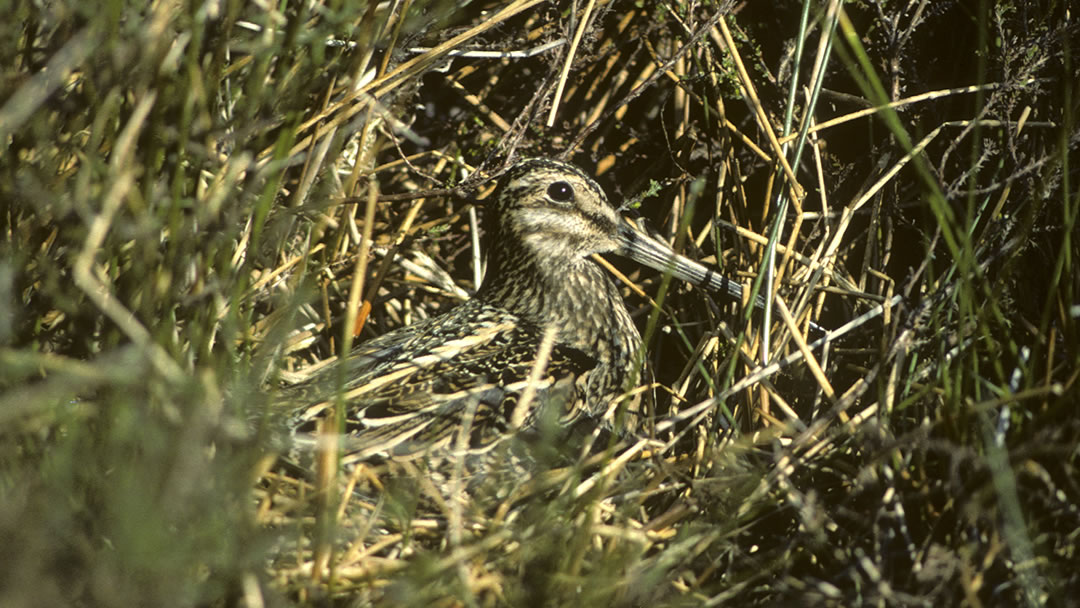
Snipe (Horsegok)
Snipe are mottled brown wading birds with long straight bills. The tip of these bills are very sensitive and this helps Snipe to feel for worms underground. Snipe have a chip-per, chip-per call and male Snipe are often heard making a drumming noise as part of their courtship display flights. In autumn, UK Snipe are joined by Snipe from the Europe.
Where to find them: shorelines, wetlands, and moorlands. Try the Loch of Spiggie, or Yell.
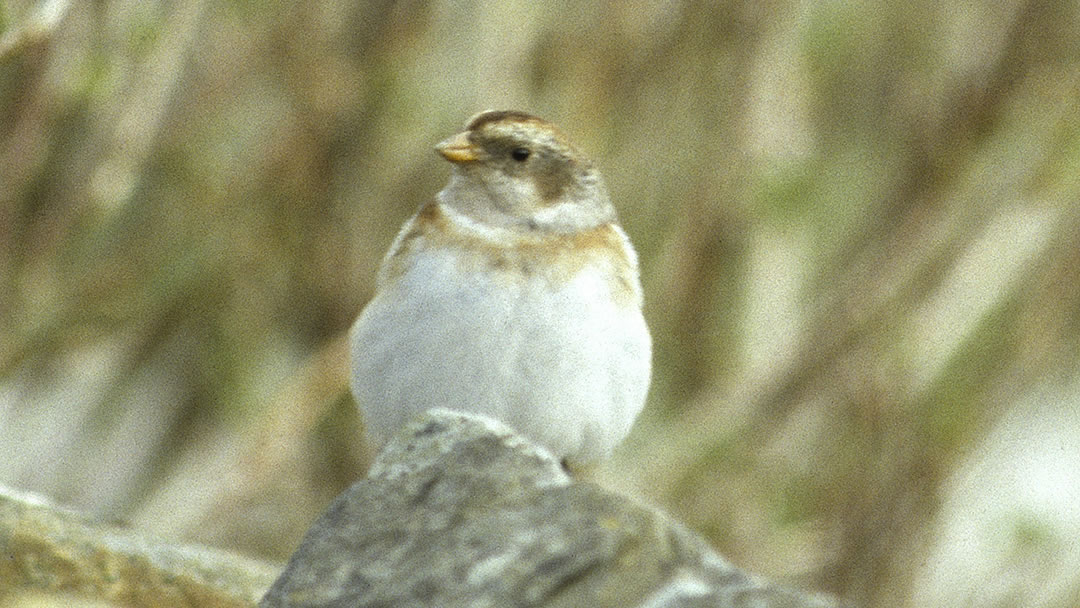
Snow Buntings (Snaa Ful)
Snow Buntings spend summer in Greenland and can be found in throughout Shetland in autumn and winter. Males have white ‘snowy’ plumages, whereas females and young birds tend to be a little more brown. They can be seen picking seeds from low plants and the ground.
Where to find them: Sand dunes, cereal stubble and moorlands throughout Shetland.
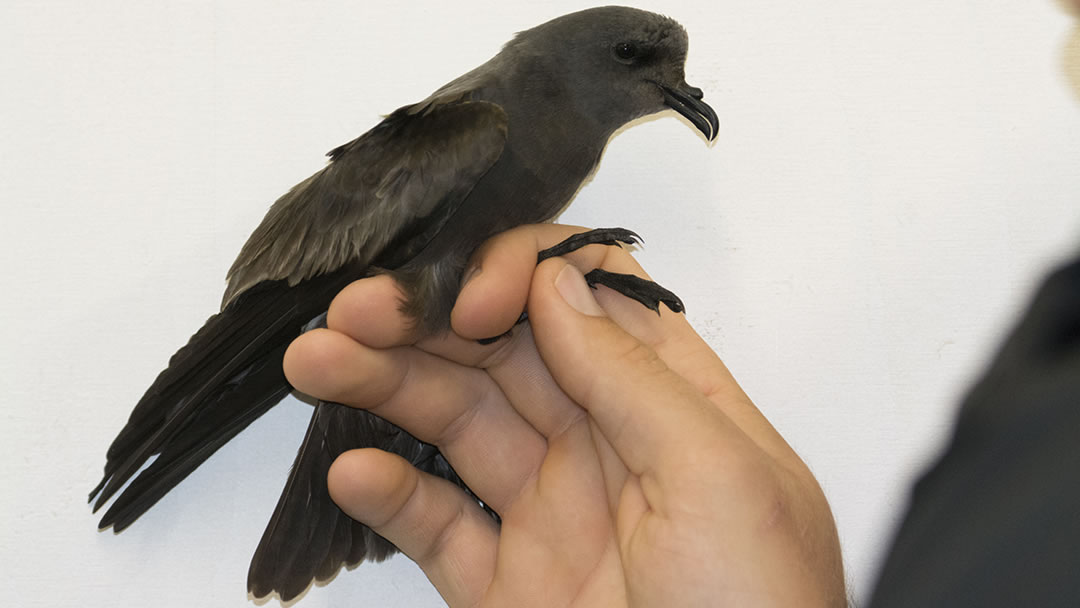
Storm Petrels (Alamootie)
These tiny dark birds nest on stony beaches and in rabbit burrows. To avoid predators they tend to spend the day out at sea and return at night. They can be found in Shetland during spring, summer, autumn
Where to find them: 300 – 400 breeding pairs of Storm Petrels nest within the walls of Mousa Broch. Also try Fetlar, Foula and Fair Isle.
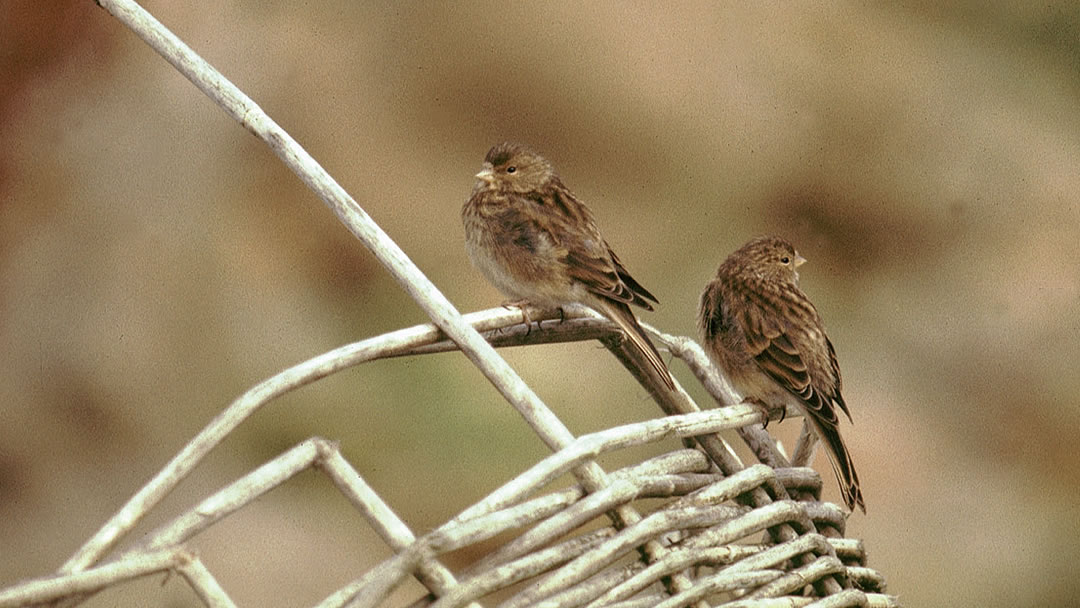
Twite (lintie)
A Twite is named after its distinctive call. These hardy little brown finches can be spotted all year in Shetland. They are streaked with a yellow bill and long tail. Twite tend to favour treeless country making them perfect residents for the Shetland and Orkney islands.
Where to find them: Heather, moorlands, maritime heath, cereal stubble. Try Yell.
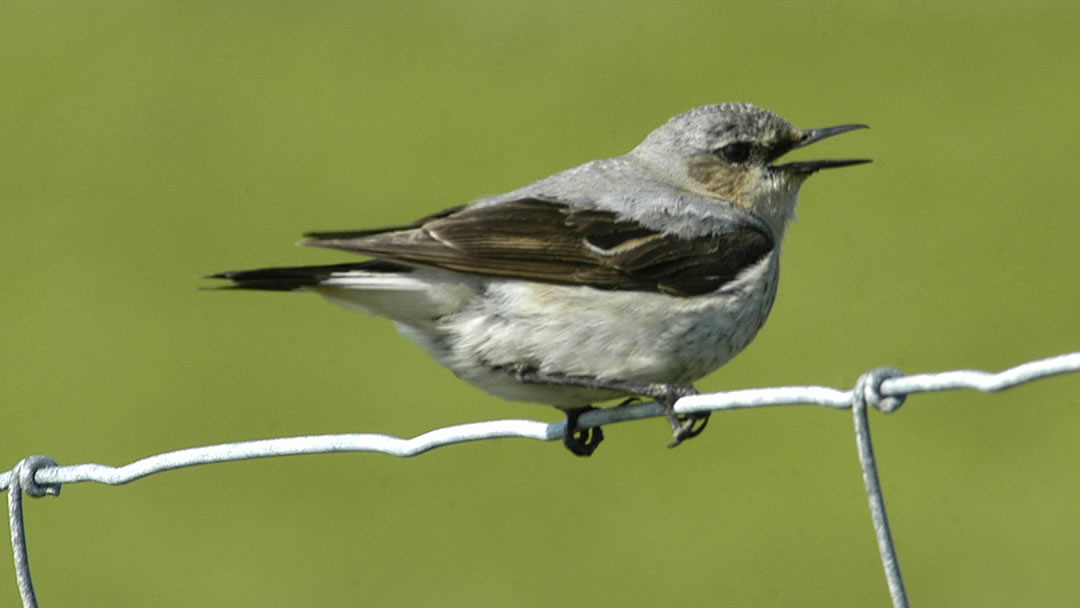
Wheatear (chak)
Wheatears are named ‘chak’ in Shetland after their call. They have lovely plumage; the female has touches of orange and male has a black bandit mask and blue grey feathers. They love open stony country in the islands and migrate to stony deserts in North Africa for winter.
Where to find them: Old buildings, dykes and heaps of stones. They also nest in heather. Try the Loch of Tingwall.
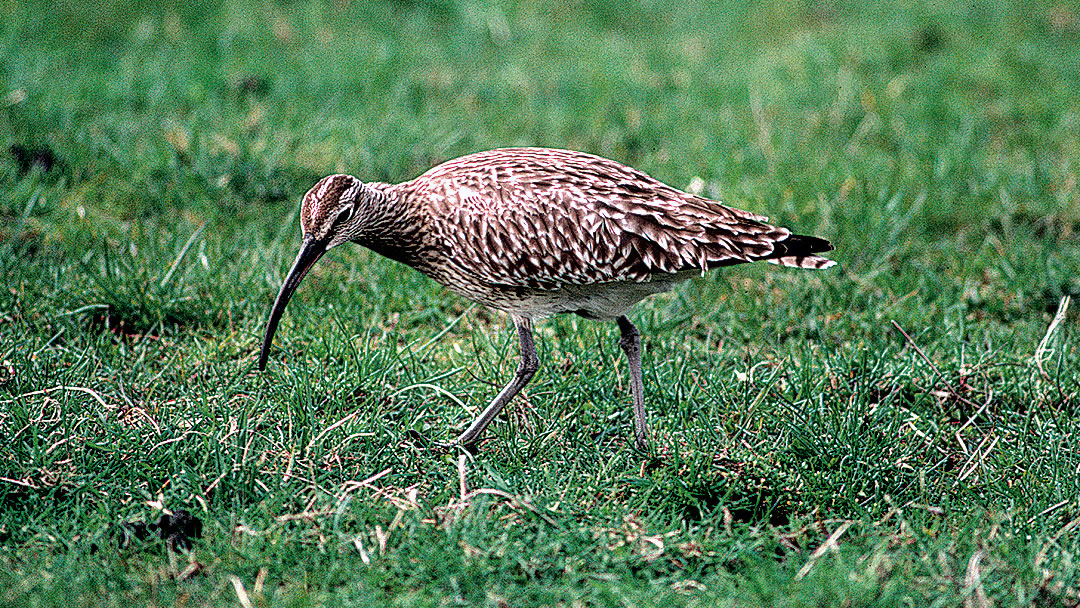
Whimbrel (Peerie Whaap)
As the name suggests, at first glance, Whimbrel appear similar to Curlews. However they have their own distinctive call, and are smaller with cream stripes on their heads and darker wings. Breeding Whimbrels arrive in Shetland and Orkney from West Africa during late spring and nest in dry heath.
Where to find them: Coasts and uplands; try Fetlar or Yell.
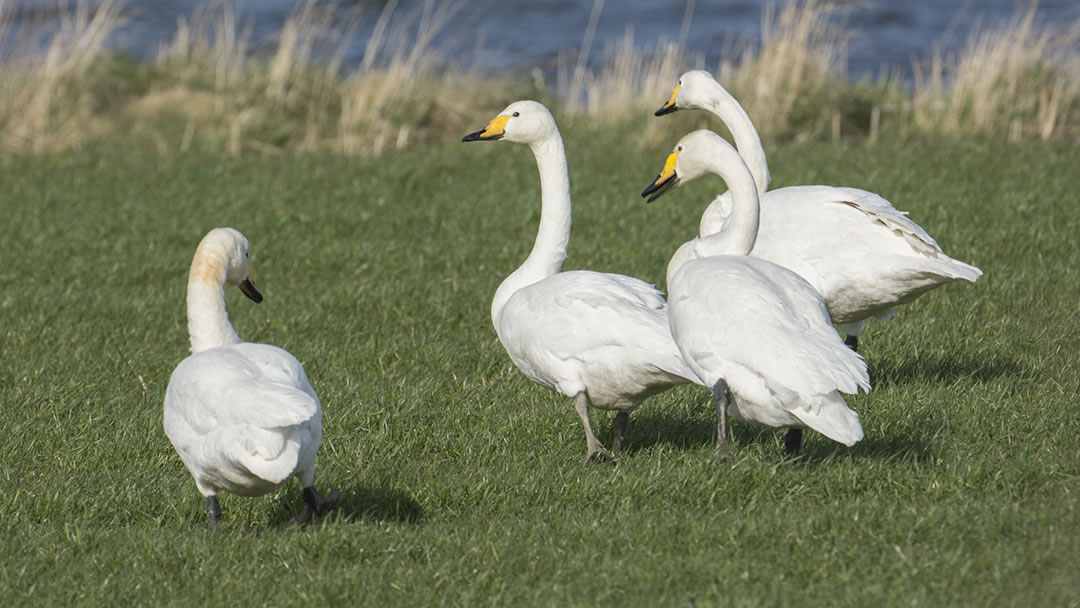
Whooper Swan
If you ever need to identify a swan, the Whooper has a flat head and yellow bill (instead of orange). They also spend more time on land than other swans. Whooper Swans spend autumn, winter and spring in Shetland and breed in Iceland during the summer.
Where to find them: In lochs and on cereal stubble; try the Loch of Spiggie.
 By Magnus Dixon
By Magnus DixonOrkney and Shetland enthusiast, family man, loves walks, likes animals, terrible at sports, dire taste in music, adores audiobooks and films, eats a little too much for his own good.
Pin it!
